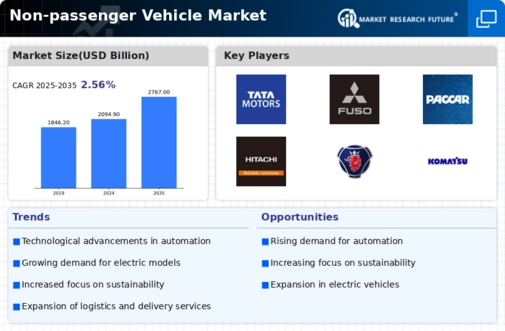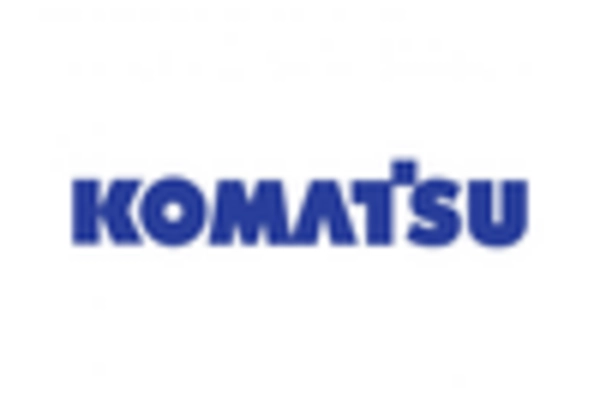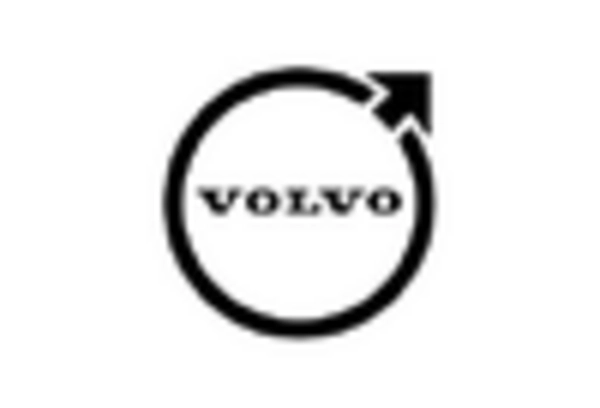The Non-passenger Vehicle Market represents a significant segment of the automotive industry, encompassing various types of vehicles designed primarily for commercial, industrial, and agricultural purposes.
This market, characterized by diverse categories such as trucks, buses, construction machinery, and specialized vehicles, is marked by intense competition among well-established firms and new entrants alike.
Key drivers of growth include the rising demand for logistics and transportation, urbanization, increasing infrastructure development, and the push for more sustainable transport solutions. Companies operating in this space are focused on innovation, technology enhancement, and expanding their product portfolios to meet growing customer needs while striving to position themselves as industry leaders.
The competitive landscape is influenced by factors such as pricing strategies, product differentiation, and expanding manufacturing capacity, further shaping market dynamics. Tata Motors stands as a prominent player in the Non-passenger Vehicle Market, leveraging its strong brand presence and extensive portfolio of commercial vehicles.
Known for its robust manufacturing capabilities and emphasis on innovation, Tata Motors offers a range of trucks, buses, and utility vehicles that cater to various segments, including heavy-duty, medium-duty, and light-duty applications.
The company's dedication to sustainability is reflected in its investment in electric and hybrid vehicle technologies, aligning with global trends towards eco-friendly transportation solutions. Tata Motors has an established global presence, supported by an expansive distribution network and strategic partnerships that enhance its market reach.
The firm's strong focus on quality and customer satisfaction has consistently bolstered its competitiveness, allowing it to adapt and thrive in the dynamic non-passenger vehicle segment. Mitsubishi Fuso operates within the Non-passenger Vehicle Market with a strong emphasis on producing trucks and commercial vehicles that prioritize performance and efficiency.
Renowned for its commitment to engineering excellence, Mitsubishi Fuso is geared toward meeting the diverse needs of customers in various sectors, from transportation to logistics. The company places a significant focus on technological advancements, incorporating innovative features into its vehicle lineup that enhance fuel efficiency and safety.
Additionally, Mitsubishi Fuso has made strides in sustainability by investing in alternative fuel technologies, including electric and hydrogen-powered models, which align with the industry's shift towards greener solutions. With a solid reputation built over decades, the company continues to expand its footprint globally, reinforcing its position as a competitive player in the non-passenger vehicle market.


















Leave a Comment